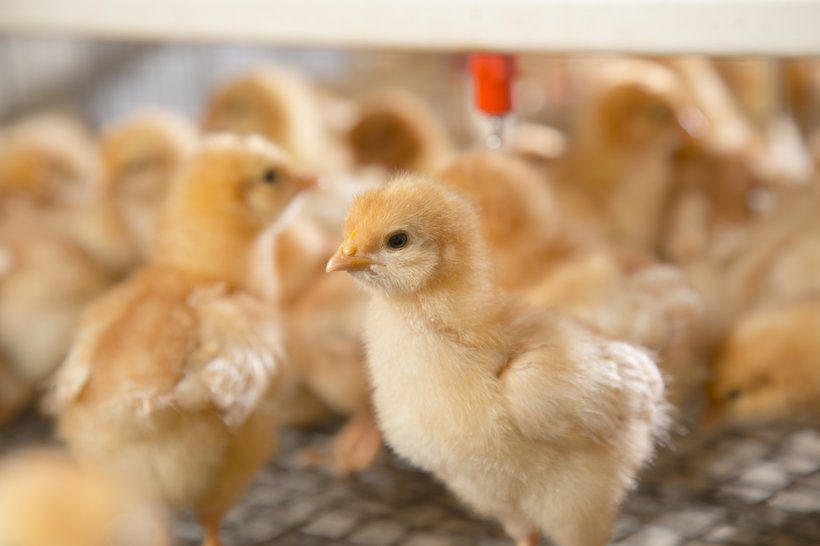Brooding refers to the care and housing of young chicks from the time they hatch until they fully feather out and no longer require supplemental heat. Proper brooding is essential for raising healthy, productive chickens. This comprehensive guide covers everything you need to know about brooding baby chicks.
Setting Up the Brooder
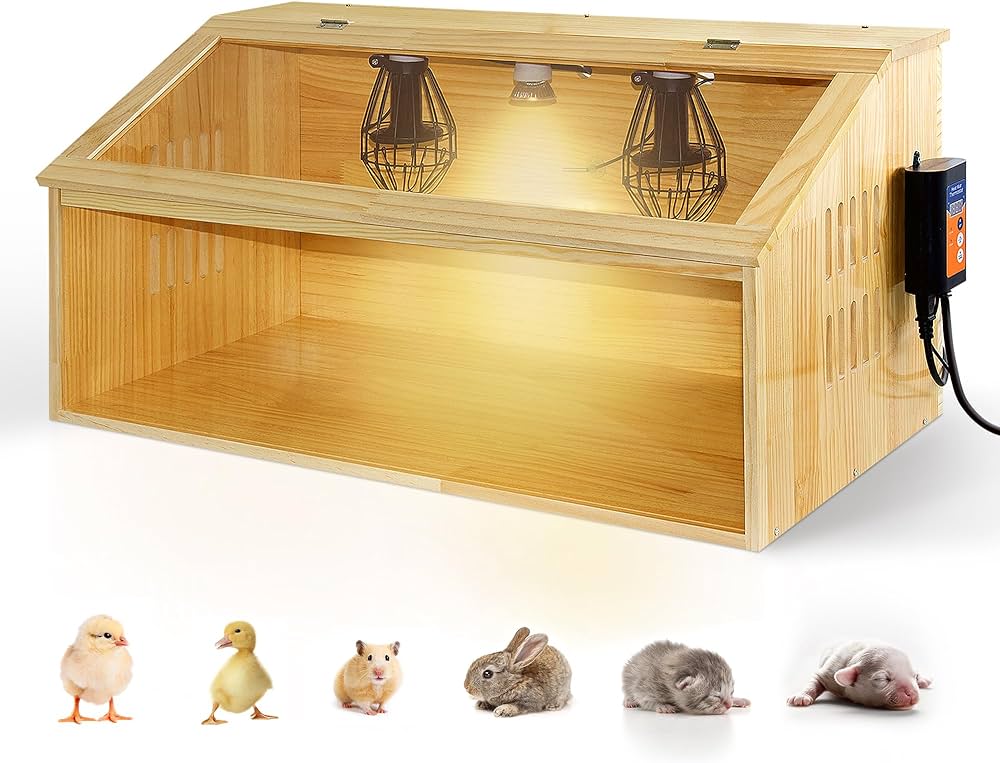
Preparing a suitable brooder area prior to the chick’s arrival is one of the most important aspects of chick rearing. The brooder setup should allow the chicks to regulate their own temperature while providing protection from drafts.
Brooder Enclosure
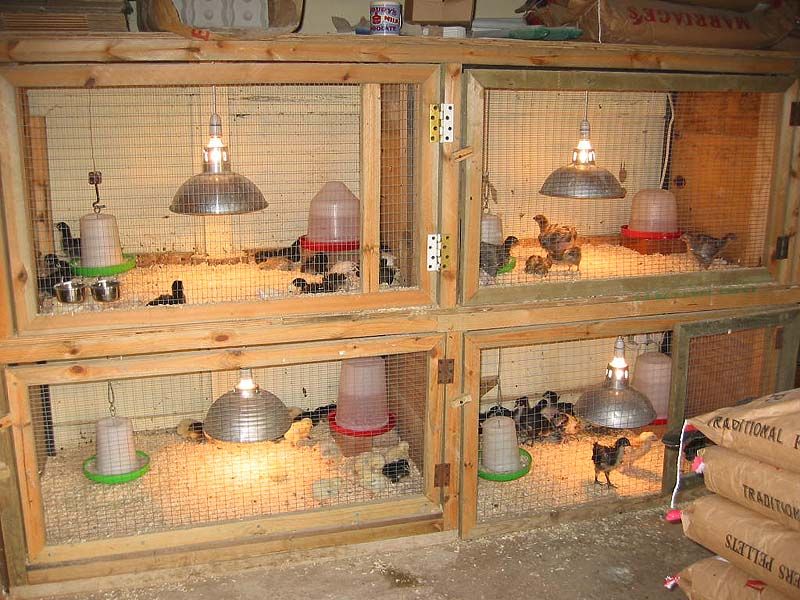
An enclosure such as a large cardboard box or wire cage works well to contain the chicks. Chicks need a minimum of 1 square foot of floor space per chick. The enclosure should be draft-free, predator-proof and easy to clean. Cover the floor with 2-3 inches of absorbent litter such as pine shavings.
Heat Source
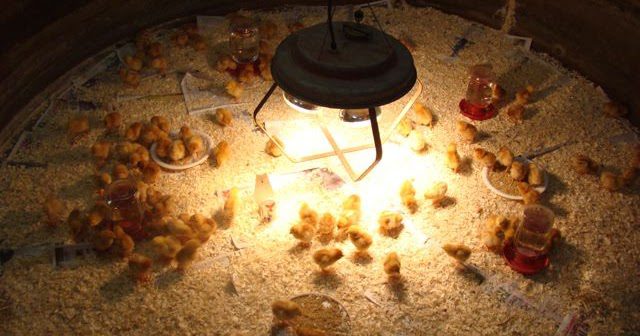
Newly hatched chicks cannot regulate their own body temperature. Provide an artificial heat source to keep them consistently warm. One 60-watt incandescent bulb for every 20 chicks is usually adequate. The bulb should hang so there is about 18 inches of space between it and the floor.
Water and Feed
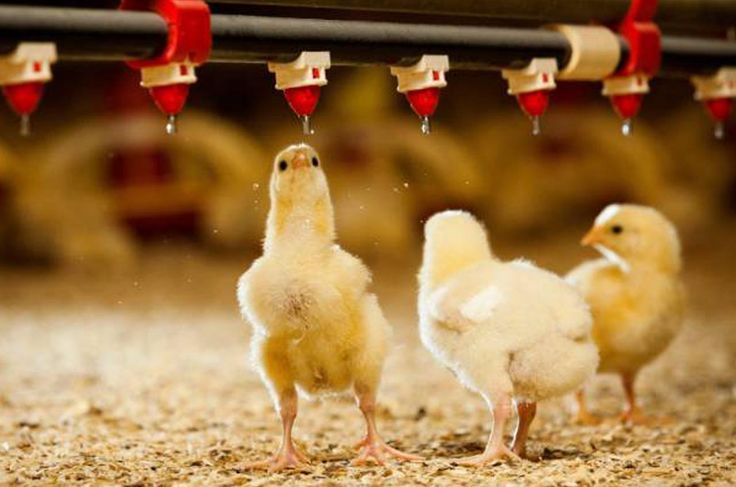
Supply feed and water immediately when you place the chicks in the brooder. Use a chick starter feed containing 18-20% protein. Provide feed in a shallow tray-type feeder design so chicks can access it easily. Supply clean water in a base-heavy drinker or water fount to minimize spills and drowning.
Adjusting Temperature
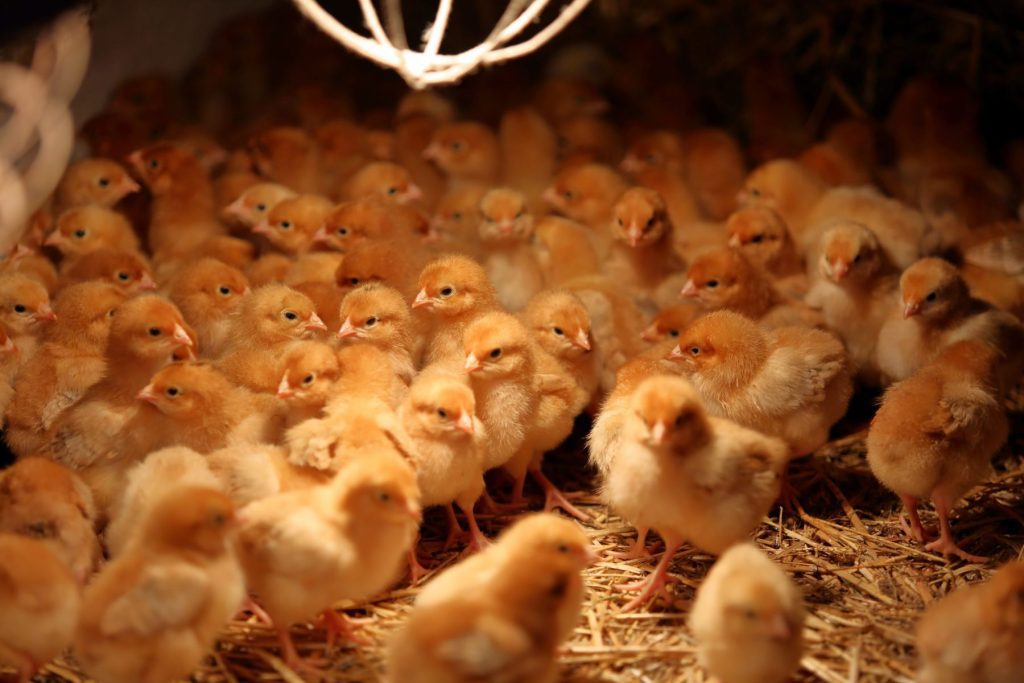
The correct brooder temperature is critical. Chicks require a temperature between 90-100°F for the first week. Every week after that, reduce the temperature by 5°F until indoor ambient temperature is reached. Adjust the heat lamp height accordingly. Chick behavior is the best indicator that temperatures are off.
Caring for Chicks in the Brooder
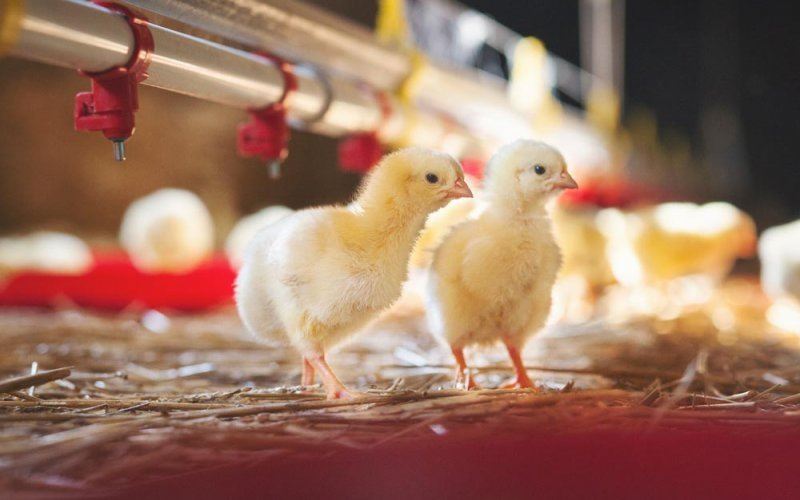
Caring for baby chicks properly under the heat lamp during the first few weeks of life is crucial. Chicks have some basic needs that must be met on a consistent basis.
Feed and Water
Chicks grow extremely fast, so fresh feed and clean water is vital. Check supplies multiple times per day. Scrape and refill waterers daily to prevent algae growth. Stir crumbled feed periodically to maintain freshness. Shake or tap feeders to encourage timid eaters.
Litter Maintenance
Keep the brooder litter dry by removing clumped droppings and drenched areas. If litter becomes excessively caked or wet, replace it entirely. Damp conditions promote harmful mold growth and ammonia buildup from feces.
Health Monitoring
Observe chick’s appearance, behavior and excrement closely. Healthy chicks are active, vocal and have bright eyes and feathers. Abnormal behavior, puffed feathers, paleness, closed eyes, diarrhea and high mortality may indicate illness. Act promptly to identify the cause.
Common Brooding Problems and Solutions
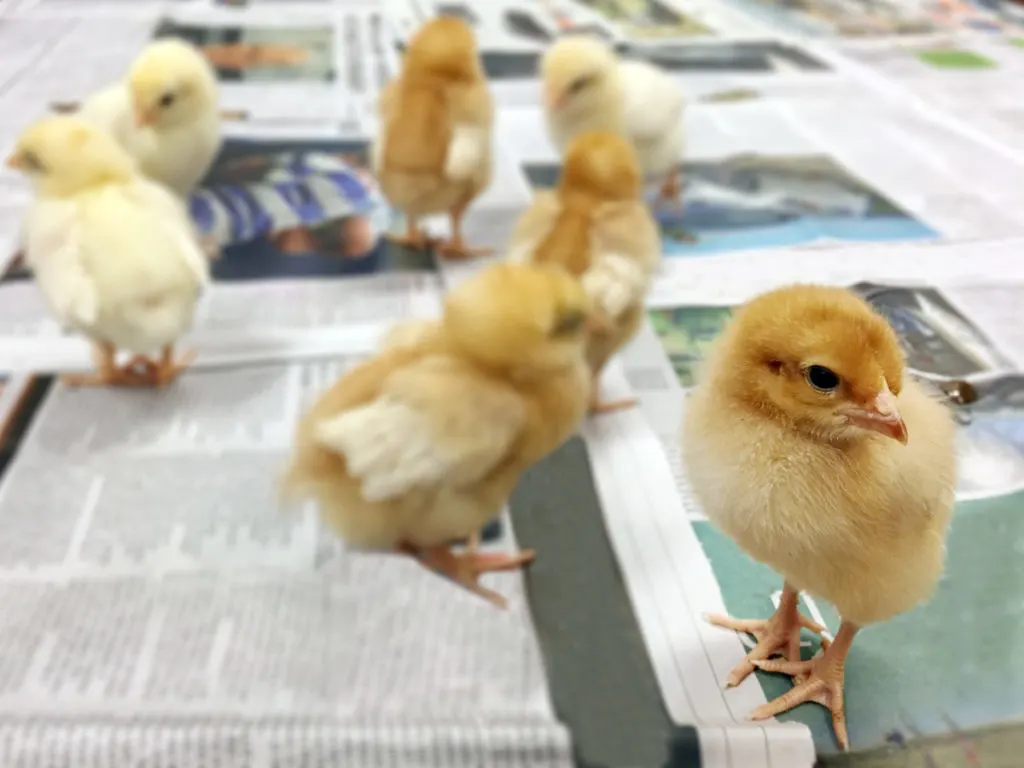
| Problem | Possible Causes | Solutions |
|---|---|---|
| Piling or huddling | Temperatures too low, drafts, insufficient space | Raise heat source, block drafts, create barriers |
| Panting | Temperatures too high | Raise heat source farther from chicks |
| Leg weakness | Nutritional deficiency | Provide chick grit, improve diet |
| Pasty vent | Dehydration, too much protein | Increase hydration, balance feed ratio |
| Picking at litter | Boredom, nutrition deficiency | Provide distractions, improve diet |
| High mortality | Disease, stress, genetics | Identify illness, reduce stressors, buy healthier chicks |
| Feather picking | Boredom, overcrowding, stress | Increase space, provide enrichment |
| Diarrhea | Unsanitary conditions, illness | Improve cleaning protocols, treat disease |
| Dehydration | Inadequate water access | Increase number of waterers |
| Escapes | Predators, poor fencing | Reinforce enclosures, use netting |
| Heat lamp failure | Electrical issues, bulb burns out | Check connections, replace bulbs promptly |
Piling or Huddling
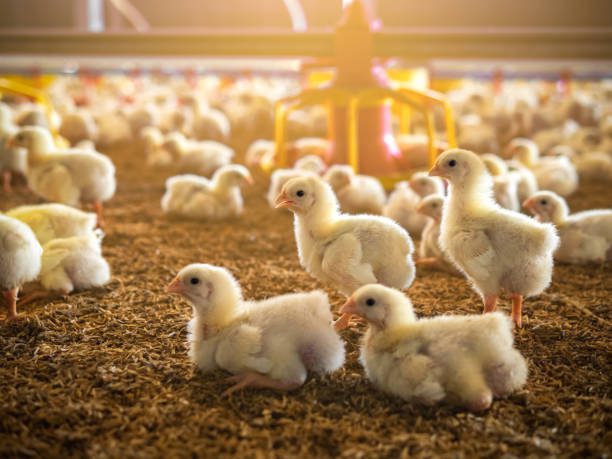
Causes of Chick Huddling:
- Temperatures are too low in the brooder
- Drafts are hitting the chicks
- Brooder is too large without barriers
- Early stage of sickness
- Noise or activity is frightening chicks
- Chicks are lacking proper nutrition
Solutions to Prevent Chick Huddling:
- Raise heat lamp closer to increase brooder temperature
- Use cardboard to block drafts and air leaks
- Divide brooder into sections to discourage piling up
- Check for illness and treat sick birds promptly
- Minimize loud noises or movements that startle chicks
- Provide high-protein starter feed and supplements
- Give each chick adequate floor space as they grow
- Ensure proper brooder setup before housing chicks
Transitioning Chicks Outdoors
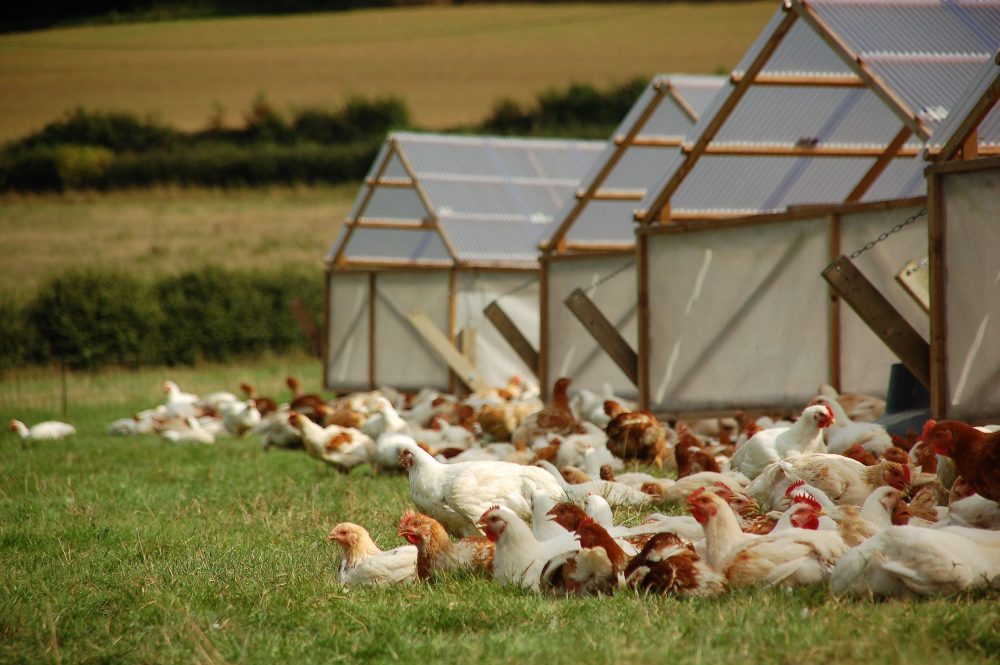
Once chicks are fully feathered at 4-6 weeks old, they can transition from indoor brooding to outdoor living. Take measures to help them adjust safely during this vulnerable phase.
Selecting Housing
Transfer chicks to their permanent outdoor house but confine them initially. Options include a coop, pen, run or tractor. Make sure housing keeps them safe from predators, storms and escape. Supply roosts low to the ground.
Preventing Stress
Minimize stress by moving chicks outdoors gradually over 2 weeks. Do this by running them outdoors in a pen for just an hour or two per day. Provide portable feed, water and an option for temporary heat if needed. Lock them into indoor housing at night.
Feeding Considerations
Continue offering starter feed for 1-2 weeks after the move. Then transition gradually to grower feed for pullets and a standard layer ration for hens at 16 weeks. Supply grit in a separate dish to aid digestion.
Avoiding Health Issues
Watch for bullying if co-brooding multiple species like bantams with heavy breeds initially. Limit stressors. Ensure adequate ventilation and roost spacing in housing. Following best practices prevents common health problems like parasites and respiratory illness.
Pros and Cons
| Pros | Cons |
|---|---|
| Provides supplemental heat for chicks that can’t regulate body temperature | Requires frequent monitoring of temperature |
| Allows close observation to identify health issues quickly | More labor intensive daily care |
| Earlier access to chicks obtained as day-olds | Need adequate space for a brooder setup |
| Can start chicks any time of year for meat/egg production | Additional costs for feed, bedding, equipment |
| No hen required so can incubate orphaned eggs | Higher biosecurity risks with mail-order chicks |
| Biosecurity easier to control vs using a broody hen | Additional heating expense and fire risk |
| Customize feed rations to support fast growth | Can encourage aggressive picking behaviors |
| Transition from indoor to outdoor housing builds hardiness | Lighting setups prone to failure |
| Easier to contain chicks and prevent predator losses | Power outages can be deadly for small chicks |
| Portable housing options like tractors after brooding | Requires diligent monitoring and management |
FAQs
An incandescent bulb or Brinsea brooding heat lamp are good options. Use a wattage between 60-100 watts. Keep the bulb 18 inches above the litter floor.
Newly hatched chicks need temperatures around 95°F. Lower the temperature 5 degrees each week until reaching 70°F ambient temperatures.
Allow a minimum of 1 square foot of floor area per chick in the brooder. Provide more space if possible.
Place 2-3 inches of pine shavings in a draft-free area. Add a heat lamp, feeders and base-heavy waterers with chick-sized openings. Use dividers to prevent piling.
Chicks can eat and drink immediately after hatching. Provide starter feed and clean water with vitamins and electrolytes right away.
It’s best to brood only one species at a time if possible. If co-brooding, provide extra space and resources to minimize competition.
Keep chicks on a starter feed (18-20% protein minimum) for a full 6 weeks after hatching before transitioning to a grower feed.
Once fully feathered at 4-6 weeks old, chicks can move outdoors to housing like a coop or tractor after a short transition period.
Conclusion
Properly brooding chicks sets the foundation for raising vigorous egg and meat birds. A suitable brooder setup to maintain temperature and health. Meeting the basic needs of young chicks and transitioning them outdoors are the keys to success. Pay close attention to details, act on problems promptly and reward your diligence with a productive flock.


